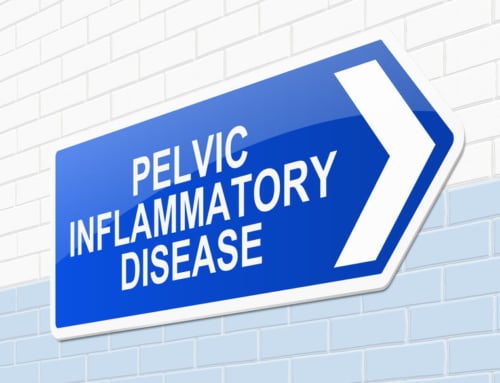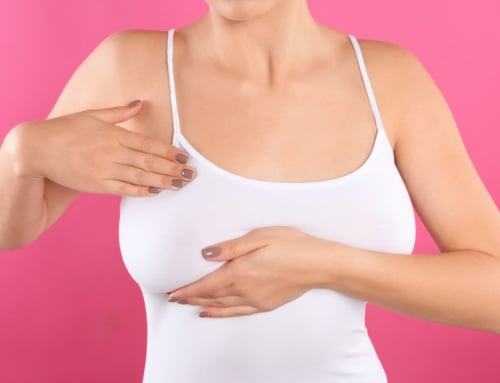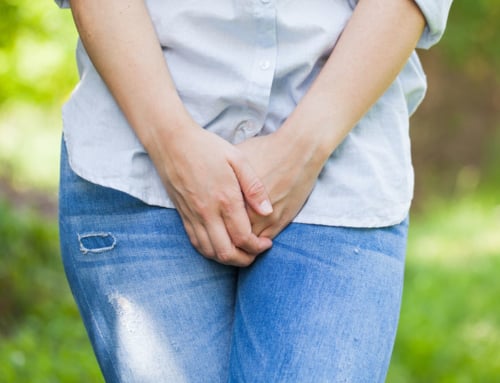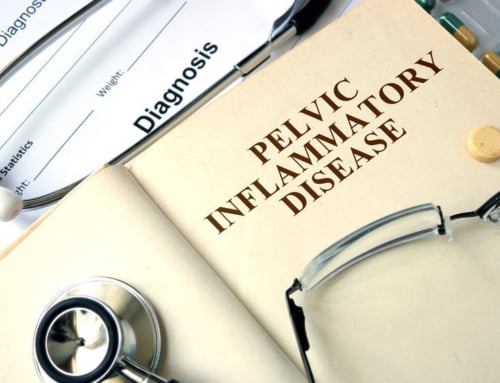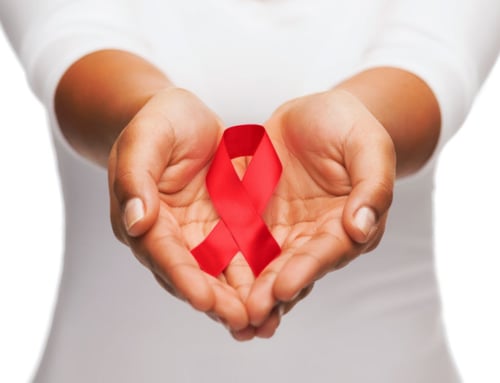Causes Of Fibrocystic Breast Disease
Fibrocystic breast changes are not uncommon. More than 50% of women experience some type of fibrocystic breast disease at some point. This condition has become some common, many medical professionals refer to the disease as a fibrocystic breast. Though the exact cause of this condition is not known, medical experts believe that reproductive hormones, particularly estrogen, play a role. Fibrocystic breast changes are typically more troublesome right before a menstrual period; the discomfort will usually lessen once menstruation starts.
Symptoms of fibrocystic breast changes
Many women who go through fibrocystic breast changes do not notice any symptoms; while others experience breast lumpiness and soreness. Some women may also experience swollen breasts and nipple tenderness. Fibrocystic breast changes may affect one or both breasts.
Keeping track of changes
Fibrocystic breast changes do not increase the chance of breast cancer. However, women who are concerned about these changes should consult a physician. The doctor may recommend one or more of the following tests:
Clinical breast examination
The doctor will manually examine the breasts and the lymph nodes located under the armpits and in the lower neck for any unusual swellings. Should the doctor finds any atypical lumps, typically another examination is recommended after the next menstrual cycle. If the lumps are still there, the physician will usually order an ultrasound or mammogram for further evaluation.
Mammogram
A mammogram is a type of X-ray that can be used to examine a particular area of concern in the breast tissue. Mammograms are used to look for signs of breast cancer. The images are detailed, and can often pick up early signs of breast cancer.
Ultrasound
Women who are aged 30 or younger may have an ultrasound rather than a mammogram. This device is better than a mammogram for assessing young women’s dense breast tissue. Having an ultrasound exam is also safe to use during pregnancy.
Fine needle aspiration
Some women have a breast lump that feels like a cyst. In this case, the doctor may use a fine needle aspiration (FNA) biopsy to attempt to withdraw fluid from the lump. This reduces the mass and alleviates discomfort.
Breast biopsy
Occasionally an ultrasound or mammogram is normal, but the doctor still has concerns. At this point, the physician will refer to a surgeon for a breast biopsy. During this procedure, a small tissue sample is removed and sent for microscopic analysis.
Most often, fibrocystic breast changes are not a problem, and no treatment will be needed. Women who experience breast discomfort may wish to use over-the-counter pain relievers such as nonsteroidal anti-inflammatory drugs (NSAIDs) or acetaminophen after consulting with a physician.



